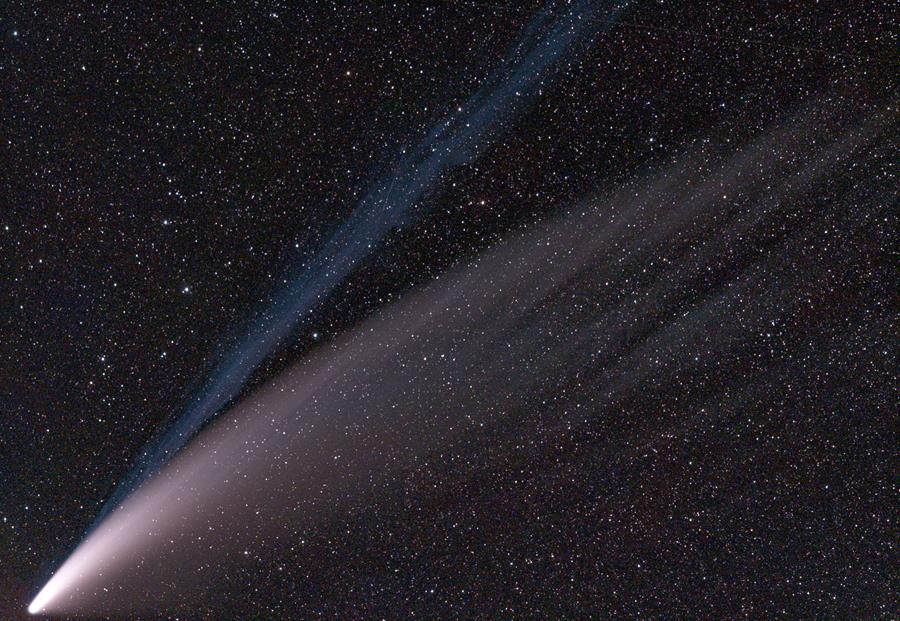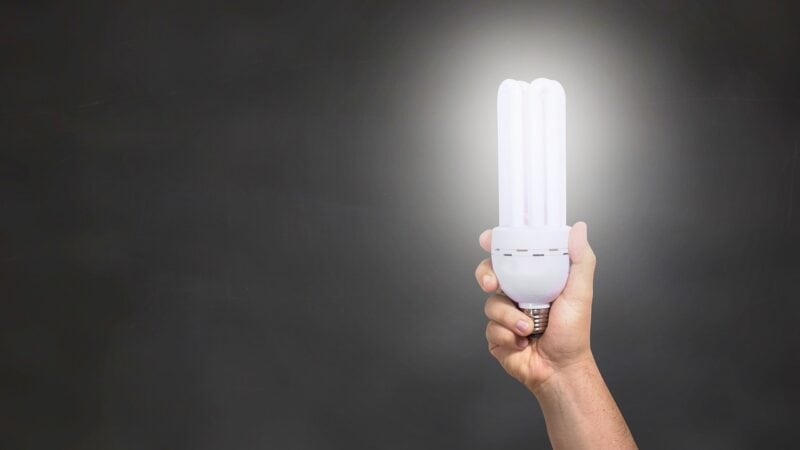This week is your last chance to see the incredible Comet Neowise (or wait another 6,800 years)

Comet Neowise is currently passing by the Earth and will be visible with the naked eye every night until the end of July. Comet Neowise will pass the closest (103 million kilometres) to the Earth on the 23rd of July.
FAQs about Comet Neowise:
How often does Comet Neowise pass Earth?
It has an eliptical orbit around the solar system and will next pass Earth in 6,800 years, so now’s your only chance!
How big is Comet Neowise?
Comet Neowise stretches about 3 miles (5kms) across. However its tail of dust and ions is hundreds of thousands of miles long.
What is Comet Neowise made of?
Like all comets Comet Neowise is an icy body in space that releases gas and dust. It can contain H2O and some scientists are exploring the theory that water and organic molecules came to Earth from comets. NASA.GOV Where did the ocean come from?
Why is it called Neowise?
Because it was spotted by NASA’s Near-Earth Object Wide-field Infrared Survey Explorer. Neowise Comet’s official name is Comet 2020 F3.
How to see Comet Neowise?
Find a dark spot where there are no streetlights, ideally head out to the countryside. You should be able to see Comet Neowise with the naked eye but you can use a telescope or binoculars to see it more clearly.
In the next few days (20th-28th July 2020) Comet Neowise will be crossing the Ursa Major constellation otherwise known as the Saucepan, Plough or Bear. It will look like a faint star but should be recognisable by its bright tail.
Find out more:
Astronomy Now – Don’t miss Comet NEOWISE in the evening
Earth Observatory – Comet NEOWISE Brightens the Night
Space.com – Comets: Facts About The ‘Dirty Snowballs’ of Space






